The F-stop Factor: Unlocking the Secrets to Picture-Perfect Photography
What Is F-Stop in Photography: Your Guide to Perfecting Photography
A question I often hear is, “What Is F-Stop in Photography?”. I’m not surprised, because F-stop is a technical photography term that often confuses beginners. In the world of photography, understanding the technical aspects is crucial for capturing stunning images. So let’s delve a bit deeper, and I’ll demystify the concept of F-stop, explain its significance in photography, and guide you on how to effectively use it to enhance your photographic skills.
I am a participant in the Amazon Services LLC Associates Program, an affiliate advertising program designed to provide a means for me to earn fees by linking to Amazon.com and related sites. This post may contain affiliate links, which means I may receive a commission, at no cost to you, for purchases made using my links. Please see my disclosure to learn more.
Understanding F-stop
F-stop is a term used to describe the aperture setting of a camera lens. It determines the amount of light that enters the camera and reaches the image sensor or film. The F-stop value is represented by numbers such as f/1.8, f/4, f/8, and so on. The lower the F-stop number, the larger the aperture and the more light enters the camera.
Importance of F-stop
F-stop plays a crucial role in photography, as it directly affects two key elements: the depth of field and exposure. Understanding and controlling these elements allows photographers to have creative control over their images. By manipulating the F-stop, you can control how much of your subject is in focus and how much light is captured.
How F-stop Works
The F-stop value is calculated based on the focal length of the lens and the diameter of the aperture. It follows an inverse relationship, meaning that as the F-stop number increases, the aperture size decreases, resulting in less light entering the camera. Conversely, as the F-stop number decreases, the aperture size increases, allowing more light to reach the camera sensor.
Relationship with Aperture
Aperture refers to the physical opening of the lens diaphragm. It determines the amount of light that enters the camera. The F-stop value is a representation of the ratio between the focal length and the aperture diameter. A lower F-stop number signifies a wider aperture, which allows for a shallower depth of field and more light.
F-stop and Depth of Field
Depth of field refers to the range of distance in an image that appears acceptably sharp. F-stop has a direct impact on depth of field. A larger F-stop number (e.g., f/16) results in a deeper depth of field, where more of the scene appears in focus. Conversely, a smaller F-stop number (e.g., f/2.8) creates a shallower depth of field, with only a specific area in sharp focus while the rest appears blurred.
F-stop and Exposure
Exposure refers to the overall brightness or darkness of an image. The F-stop value influences exposure by controlling the amount of light that enters the camera. In situations where the scene is too bright, using a higher F-stop number (smaller aperture) can help reduce the amount of light entering the camera. Conversely, in low-light conditions, a lower F-stop number (larger aperture) allows more light to be captured, resulting in a properly exposed image.
Different F-stop Values
F-stop values commonly used in photography range from f/1.4 to f/22 or even higher. Each F-stop value represents a doubling or halving of the amount of light entering the camera. Lower F-stop values (e.g., f/1.4) are referred to as “wide open” apertures and are ideal for low-light conditions and achieving shallow depth of field. Higher F-stop values (e.g., f/16) are used for capturing images with a deep depth of field and maximizing sharpness throughout the scene.
Choosing the Right F-stop
Choosing the appropriate F-stop depends on the creative vision and the specific requirements of the photograph. If you want to isolate the subject from the background and create a blurry background, using a lower F-stop number (larger aperture) will help achieve this effect. For landscape photography or capturing sharpness throughout the scene, using a higher F-stop number (smaller aperture) is preferable.
Creative Use of F-stop
Mastering F-stop opens up a realm of creative possibilities. By understanding the relationship between F-stop, depth of field, and exposure, you can experiment with different effects. Play with bokeh, where the background appears as soft, out-of-focus circles of light, or use a shallow depth of field to emphasize specific details in a subject. F-stop gives you the power to control the visual impact of your images.
F-stop and Lens Selection
Different lenses have different maximum and minimum F-stop values. When choosing lenses, it’s essential to consider the F-stop range they offer. Prime lenses often have wider maximum apertures (lower F-stop values) and can create beautiful background blur, while zoom lenses provide versatility but might have narrower maximum apertures (higher F-stop values).
F-stop and Low Light Photography
Low light photography can be challenging, but understanding F-stop can greatly help in capturing stunning images in such conditions. Using a lens with a wide maximum aperture (lower F-stop value) allows more light to enter the camera, enabling faster shutter speeds and reducing the risk of image blur. Additionally, increasing the ISO sensitivity can compensate for the reduced light.
Common Mistakes
While F-stop is a powerful tool, it’s important to be aware of some common mistakes photographers make. One mistake is using the lowest or highest F-stop value all the time, without considering the impact on depth of field or exposure. Another mistake is not adjusting the F-stop when conditions change, resulting in overexposed or underexposed images. Understanding the correct use of F-stop can help you avoid these pitfalls.
Final thoughts on What is F-stop in photography
F-stop is a fundamental concept in photography that directly affects the depth of field and exposure. By understanding how F-stop works and its relationship with aperture, photographers can achieve creative control over their images. Experimenting with different F-stop values allows for unique and visually captivating photographs. You can truly enhance your photographs by choosing the appropriate F-stop to get the desired effect. Now you understand more about f-stop, go out and take advantage of the creative possibilities it offers.
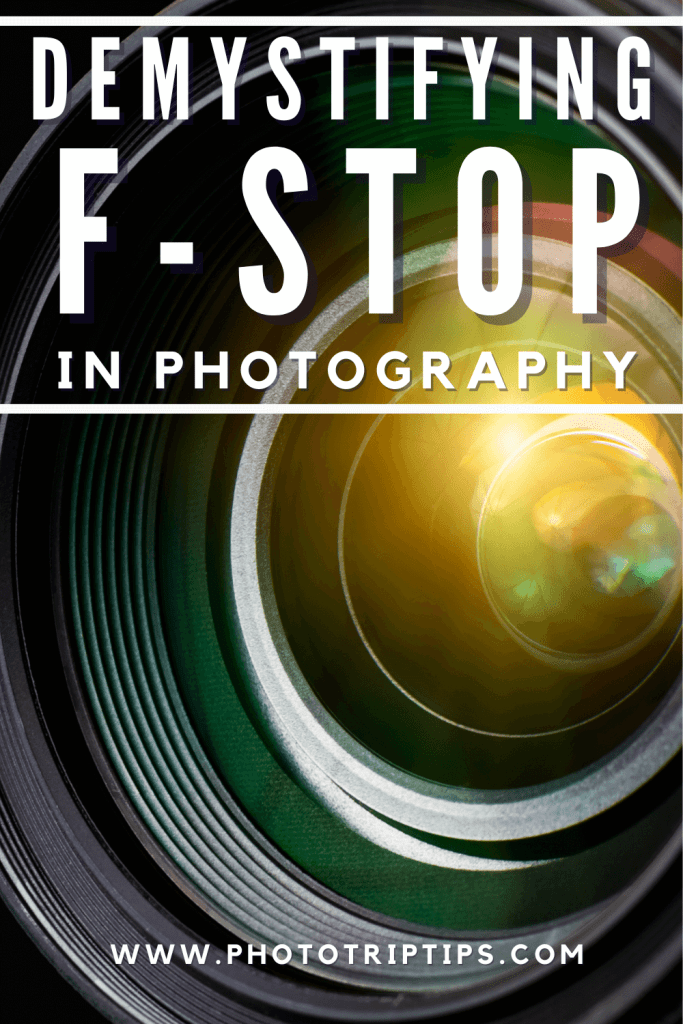
FAQs
- Q: Can I change the F-stop on any camera?
- A: Most interchangeable lens cameras allow you to change the F-stop settings. However, some fixed-lens cameras might have limited or fixed F-stop options.
- Q: Do different camera brands have different F-stop values?
- A: F-stop values are standard across all camera brands. The concept remains the same, although the specific range of F-stop values may vary depending on the lens and camera model.
- Q: Is a lower F-stop always better?
- A: The choice of F-stop depends on the desired effect and the specific photographic situation. Lower F-stop values are ideal for achieving shallow depth of field and capturing more light, but they may not be suitable for every scenario.
- Q: Can I adjust the F-stop while in automatic mode?
- A: In automatic shooting modes, the camera determines the optimal F-stop based on the scene and lighting conditions. However, some cameras offer semi-automatic or manual modes where you can manually adjust the F-stop.
- Q: Can I achieve a shallow depth of field without using a low F-stop?
- A: While using a low F-stop (larger aperture) is the most common method to achieve a shallow depth of field, other factors such as focal length, distance to subject, and sensor size also contribute to the depth of field effect.

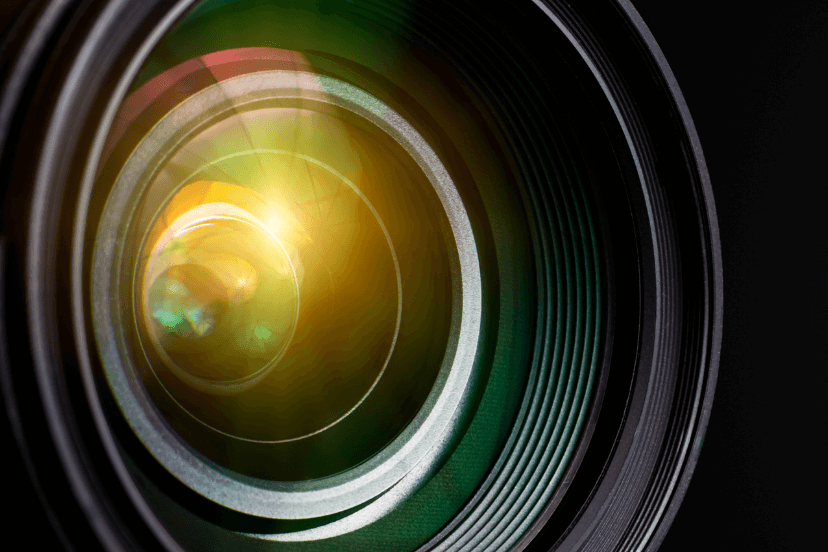
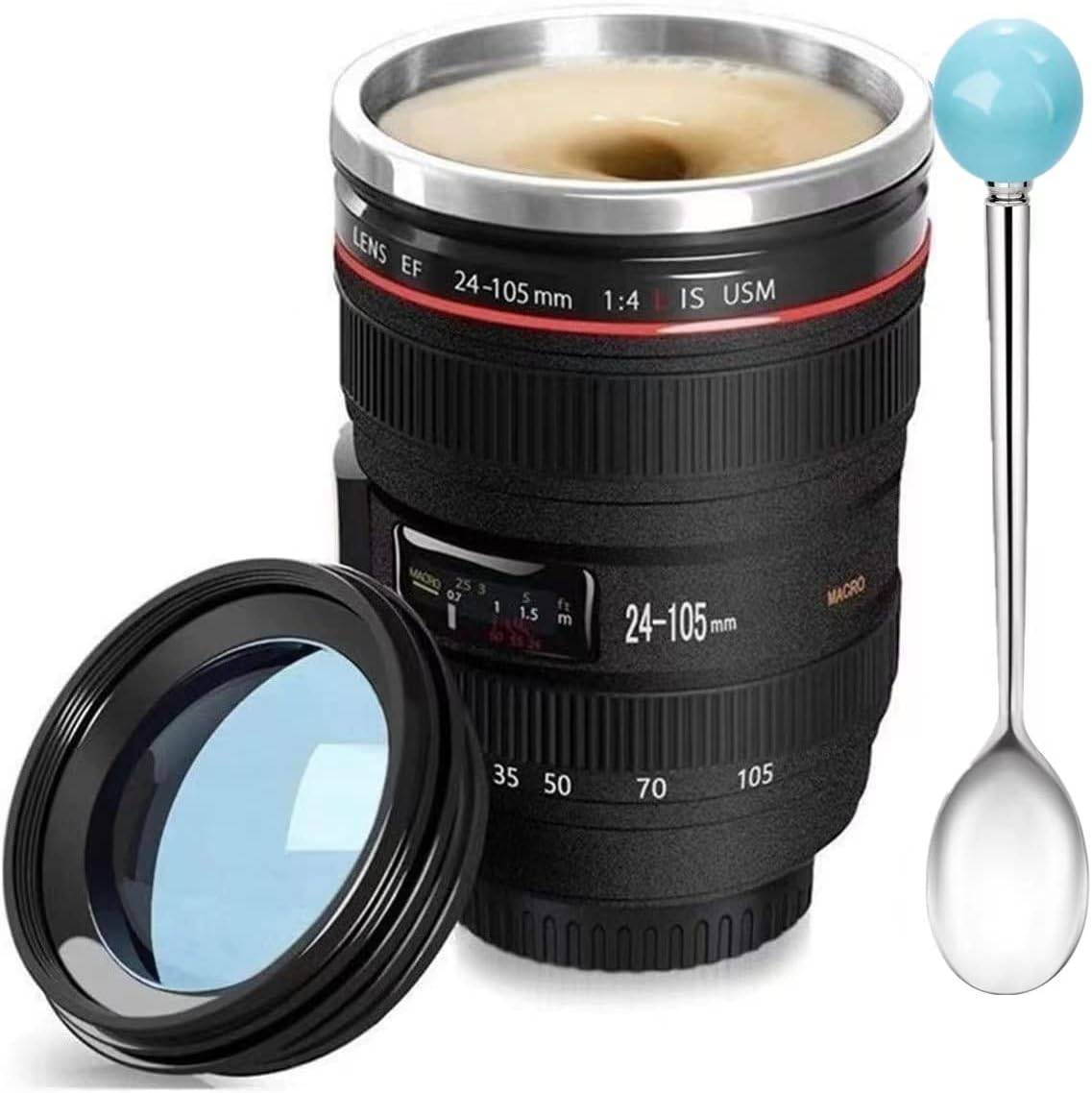
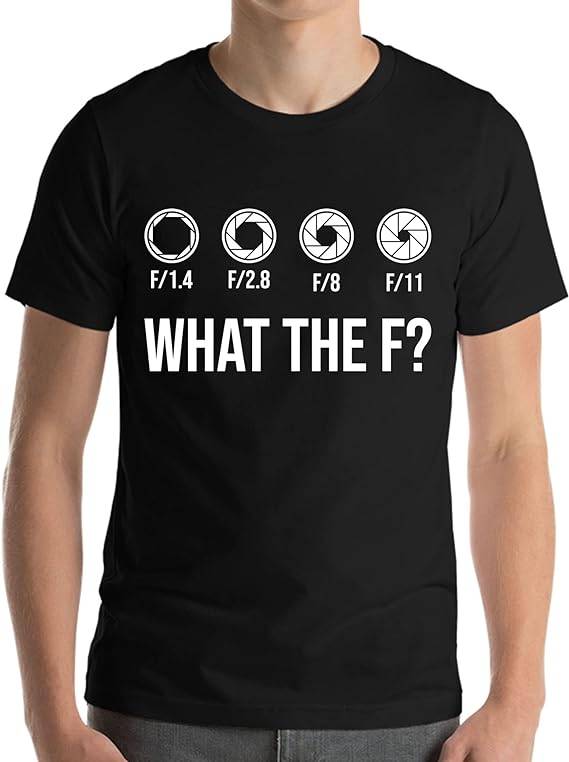
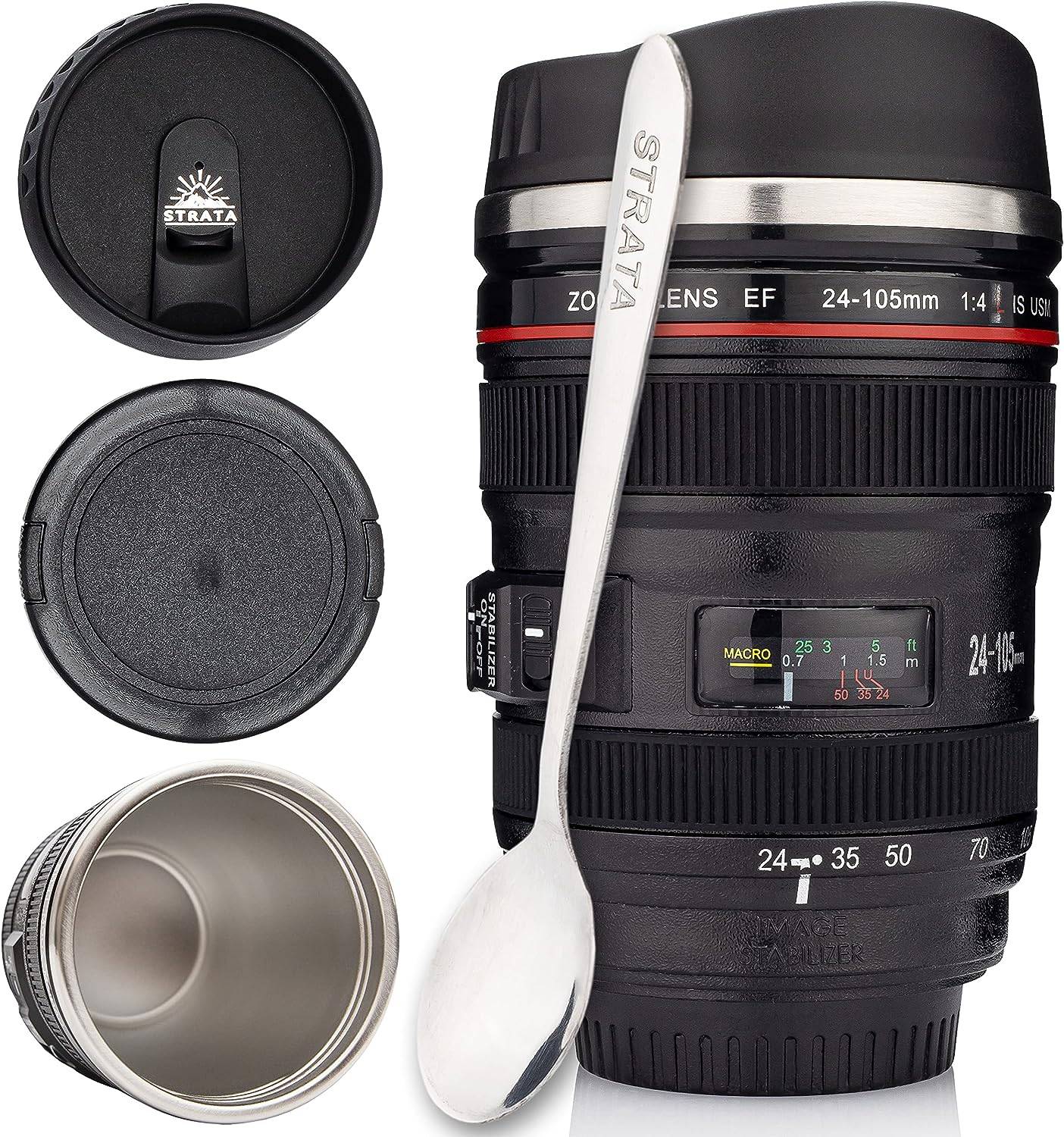


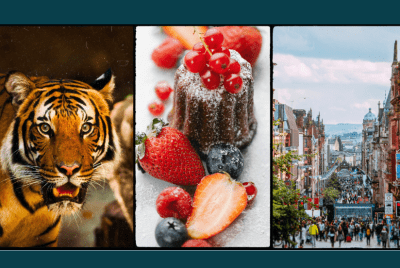
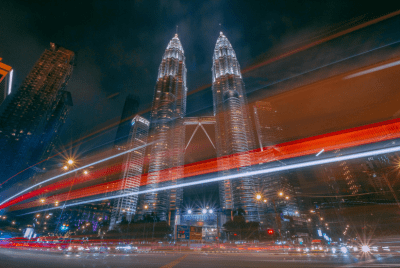

Comments are closed.